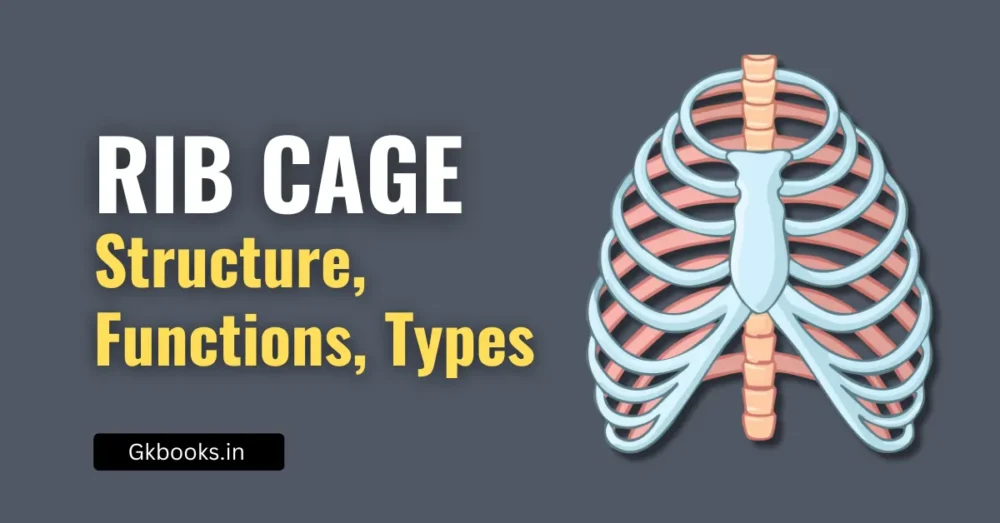The human urinary system helps our body remove waste and keep the right balance of water and salts. It acts like a natural filter, cleaning the blood and making urine. This system includes four main parts: kidneys, ureters, urinary bladder, and urethra.
The kidneys filter waste from the blood. The ureters are tubes that carry urine from the kidneys to the urinary bladder, where it is stored. Finally, the urethra helps remove urine from the body.
Understanding the human urinary system is important for competitive exams like SSC, Banking, RRB NTPC, UPSC, and State-level exams. Questions about its functions, organs, and roles are common in General Science (Biology) sections.
Let’s explore the NCERT image of the human urinary system to understand its parts and functions in detail!
What is the Urinary System?
The urinary system, also known as the renal system, is responsible for producing, storing, and eliminating urine. It consists of the following main organs:
- Kidneys
- Ureters
- Urinary bladder
- Urethra
These organs work together to remove waste products and excess fluids from the body, ensuring the body’s internal environment remains stable.
🔰Human Urinary System: Functions, Organs, and Importance
Main Components of the Urinary System
1. Kidneys
- The kidneys are bean-shaped organs located on either side of the spine, just below the rib cage.
- Their primary function is to filter blood, remove waste, and regulate fluid balance.
- Each kidney has two main parts:
- Cortex (Outer layer) – Contains nephrons, the functional units responsible for blood filtration.
- Medulla (Inner region) – Contains renal pyramids where urine formation takes place.
2. Renal Artery
- The renal artery carries oxygenated blood from the heart to the kidneys.
- This supplies essential nutrients for kidney function and helps with blood filtration.
3. Renal Vein
- The renal vein drains deoxygenated blood from the kidneys back to the inferior vena cava.
- It plays a crucial role in removing filtered waste from the bloodstream.
4. Inferior Vena Cava
- This is a large vein that carries deoxygenated blood from the lower body back to the heart.
- It works alongside the renal veins to remove waste-laden blood from the kidneys.
5. Dorsal Aorta
- A major artery that supplies oxygen-rich blood to the lower body, including the kidneys.
6. Renal Pelvis (Pelvis)
- A funnel-shaped structure inside each kidney collects urine before passing it to the ureters.
7. Ureters
- These are tube-like structures that transport urine from the kidneys to the urinary bladder.
- They use peristaltic movements to push urine downward.
8. Urinary Bladder
- A hollow, muscular organ that stores urine before it is expelled from the body.
- It can expand and contract depending on the amount of urine stored.
9. Urethra
- A tube-like structure that carries urine from the bladder out of the body.
- In males, the urethra also carries semen during ejaculation.
10. Adrenal Gland
- Small, triangular-shaped glands are located on top of each kidney.
- They produce important hormones such as adrenaline (for stress response) and cortisol (for metabolism and immune function).
Functions of the Urinary System
The urinary system performs several essential functions:
| Function | Description |
|---|---|
| Filtration | Kidneys filter blood to remove waste and excess fluids. |
| Urine Formation | Nephrons in the kidneys help form urine. |
| Waste Elimination | Ureters carry urine to the bladder, and the urethra expels it from the body. |
| Fluid Balance | The kidneys regulate water levels to maintain hydration. |
| Electrolyte Balance | Ensures the right balance of sodium, potassium, and other electrolytes. |
| Blood Pressure Regulation | Kidneys help control blood pressure by adjusting fluid levels and releasing hormones. |
| Hormone Production | The adrenal glands release hormones for metabolism and stress response. |
Interesting Facts about the Urinary System
- The average adult kidney filters about 50 gallons of blood every day!
- The human bladder can hold up to 400–600 mL of urine before needing to be emptied.
- The right kidney is slightly lower than the left kidney because of the liver’s position.
- The process of filtering and making urine is done by about 1 million nephrons in each kidney.
Conclusion
The urinary system is one of the most important systems in our body. It helps keep our blood clean, removes waste, and balances essential body fluids. Understanding how it works will help you in your science studies and competitive exam preparation.
By learning about the human body’s systems, you can develop a better understanding of biology, which is crucial for exams like SSC, RRB NTPC, UPSC, and state-level exams. Keep studying, stay curious, and remember—learning science is fun and exciting!
📢 For more informative posts, follow us on Facebook: @Gkbooks44 📚 Visit our website for more notes and study materials: GKBOOKS.IN







